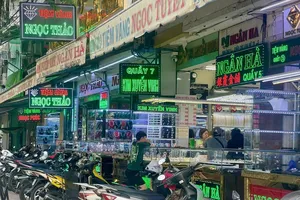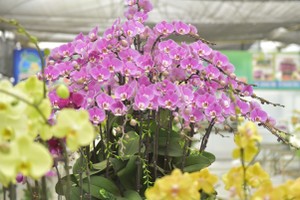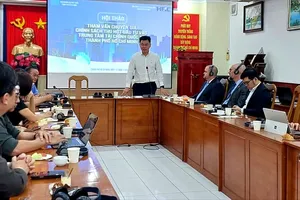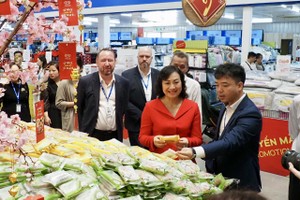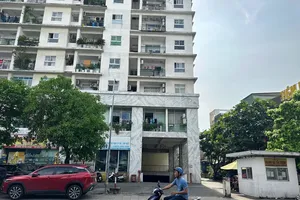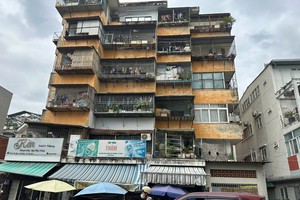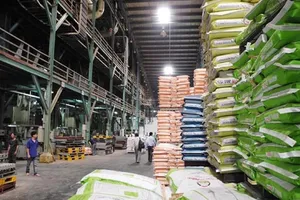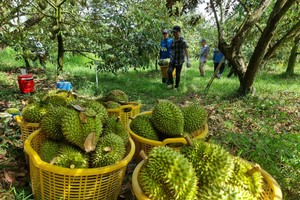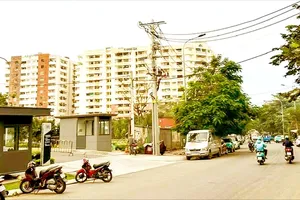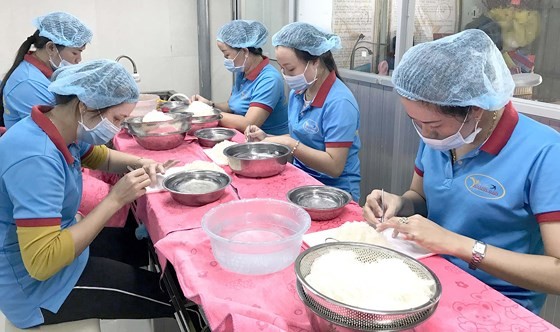
Most swiftlet breeding shelters in Vietnam nowadays are household business and built within their local communities which have given rise to some minor issues, and the absence of specific rules made it all the more difficult for local officials to oversee these shelters.
As stated among the rules, the shelters are to be of “correct breeding quality”, but nothing is said about the allowed population density.
There also have not been any rules determining the volume of speakers playing swift’s attraction call to lure in the birds, which was something Mr. Nguyen Van Hoa, representative of the Department of Livestock and Veterinary Medicine in Bac Lieu province, has expressed strongly about.
Apart from that, swiftlet shelter distributors often try to make people believe that imported materials would make for better products to boost their price. In reality, the success of these shelters largely depends on their surroundings, since swiftlets still prefer a predominantly natural environment to build their nests in, said Mr. Nguyen Hoang Tuan, Director of Can Gio Salanganes Nest Company. One way to help people avoid scams and have better control over the situation is to require authorization for the materials and building method from both shelter owners and distributors.
“After that, there should be governmental solutions to develop bird nest into a key export. Also, market prices should be regulated in favor of Vietnamese consumers, ” suggested Nguyen Hoang Tuan.
In order to effectively manage the booming business, there should be official zoning plans to separate people’s residence from the shelters, as well as measures to further professionalize the industry, said Mr. Le Viet Bao, Director of the Department of Livestock and Veterinary Medicine in Ho Chi Minh City.
Currently, the government does not encourage the formation of large swiftlet farms or investment in high technology for the industry. Mr. Pham The Ruan, Chairman of Vietnam Salanganes Nest Association, suggested that specific floor area and height of swiftlet shelters must be determined at household business level and ranch level.
The government should issue clear procedures for the harvest, preliminary processing and preservation of swiftlet nest. Furthermore, efforts should be made to prevent the exploitation of young nests or the mixture of low quality ingredients into authentic nests to preserve the name of Vietnamese salanganes nest.
